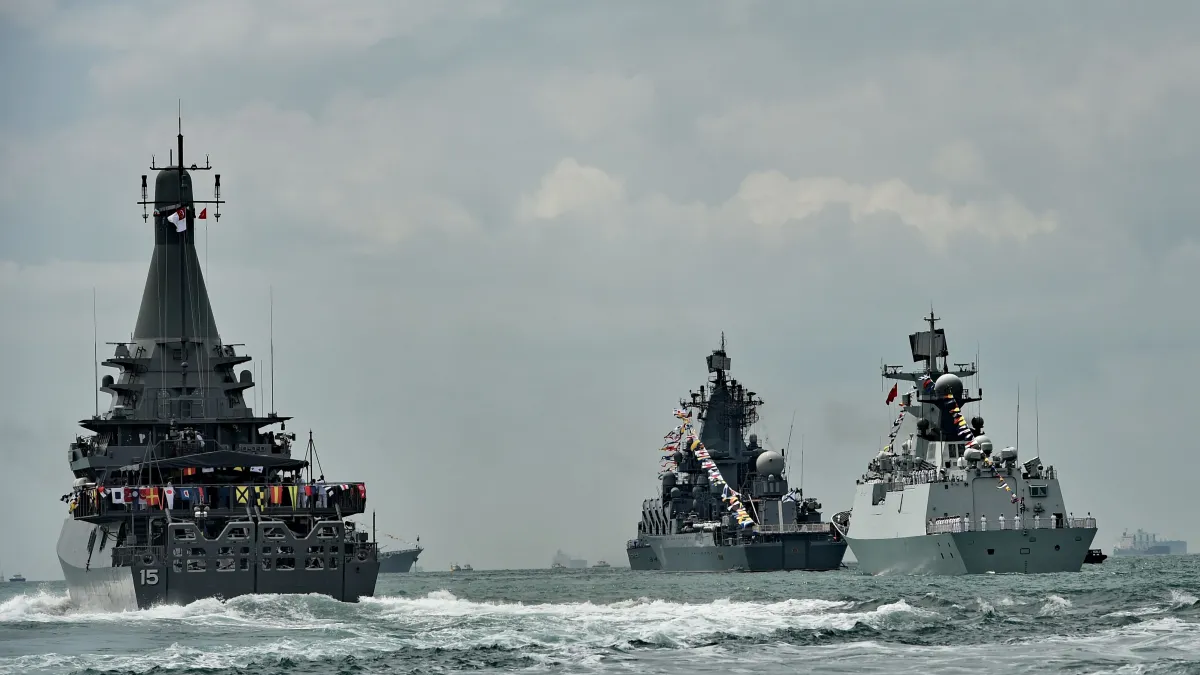Singapore’s Fleet Grows Amid US-China Tensions

In a significant move reflecting escalating trade tensions, the Singapore Registry of Ships (SRS) welcomed 94 new vessels to its fleet in September. This surge, driven by foreign shipowners seeking to evade hefty U.S. port fees on China-built ships, has increased the total number of Singapore-flagged vessels to 4,230. The addition of approximately eight million gross tonnage in just one month underscores Singapore’s growing prominence as a maritime hub.
Impact of U.S. Port Fees on Shipping Dynamics
The recent growth of the SRS is closely tied to new U.S. regulations that impose fees on vessels calling at American ports. Effective October 14, these fees target Chinese-owned ships and those built in China, with charges set at $50 per net ton for the former and $18 per net ton for the latter. This strategic move by the U.S. aims to counter China’s dominance in the shipbuilding sector, which reportedly holds over half of the global market share. As a result, many shipowners are opting to reflag their vessels under the Singapore flag to avoid these additional costs.
In the first nine months of 2025, China experienced a 23.5% decline in newbuilding orders, indicating the impact of these fees on its shipyards. Meanwhile, the Chinese government has also announced special charges for U.S.-owned vessels entering Chinese ports, although ships built in China will be exempt. These developments have prompted companies like Seaspan to relocate their fleets; the shipping giant has transferred around half of its 220 container ships from the Hong Kong registry to Singapore since July. Seaspan’s strategic shift has resulted in over 120 ships being reflagged in just three months, significantly contributing to the SRS’s growth.
Commodity vessels clog China ports as fee imposed on US ships
Future Prospects and Industry Reactions
As the maritime landscape continues to evolve, the SRS’s expansion is seen as a boon for Singapore’s maritime ecosystem. The increase in flagged vessels is expected to drive demand for high-value services such as ship financing and insurance, further solidifying Singapore’s reputation as a trusted maritime hub. However, the recent agreement between the U.S. and China to pause the tit-for-tat port fees for 12 months, starting November 10, may alter the trajectory of this growth. Analysts suggest that this pause could significantly reduce the number of ships switching to the Singapore flag, as the immediate financial incentives diminish.
Industry experts, including Linerlytica analyst Mr. Tan Hua Joo, note that the recent agreement could lead to a stabilization in shipping operations, potentially saving the industry billions in fees and preventing disruptions in vessel schedules. Companies like Pacific Basin are also considering reflagging their fleets to mitigate exposure to U.S. port fees, highlighting the ongoing strategic adjustments within the maritime sector. As the situation develops, the Maritime and Port Authority of Singapore (MPA) remains a key player in navigating these changes, although they have declined to comment on the current dynamics.
